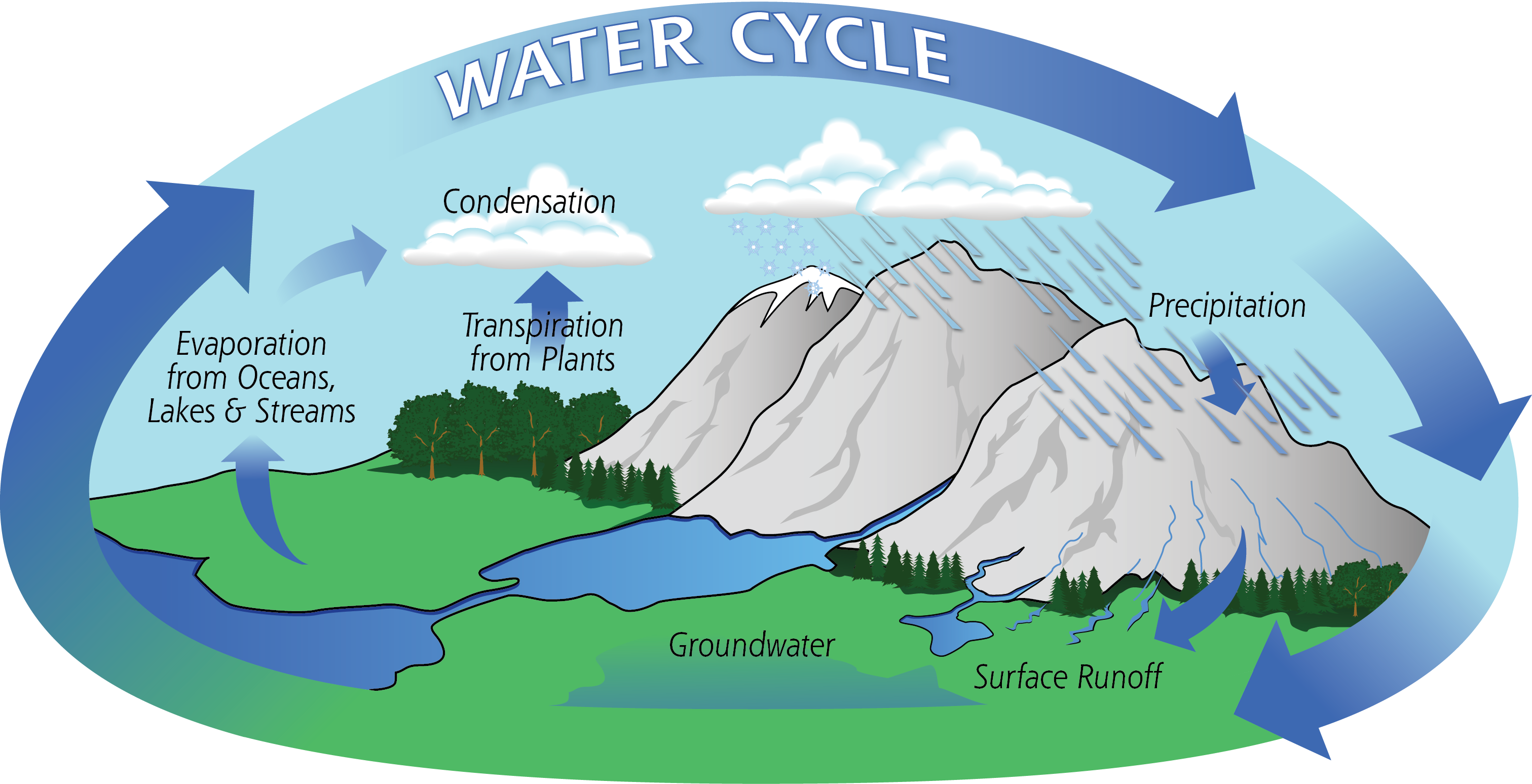How Diatomaceous Earth Water Filtration Works to Purify Your Water Effectively
Wiki Article
Exploring the Benefits of Diatomaceous Planet Water Filtration in Home Water Filtration
Diatomaceous planet, a naturally happening debris composed of fossilized algae, stands out in the realm of water purification. As we explore better, the distinct environmental advantages and comparative performance of diatomaceous earth filtering come to be significantly obvious, welcoming a more detailed look at its capacity in contemporary houses.Recognizing Diatomaceous Earth and Its Beginnings
Diatomaceous earth, a naturally occurring, soft sedimentary rock, originates from the fossilized remains of diatoms, tiny marine organisms. Over centuries, these deposits gathered and compacted to develop diatomaceous planet.This special make-up enables diatomaceous earth to have different applications, one of the most notable being its usage as a filtration aid. In addition, diatomaceous earth is also made use of in products like insecticides, where its abrasive and absorptive buildings verify useful.

Just How Diatomaceous Planet Enhances Water Purity
Building on its diverse applications, diatomaceous earth plays a pivotal role in enhancing water purity. When made use of in water purification systems, diatomaceous planet traps impurities, consisting of germs, viruses, and natural contaminants, due to its fine, complex framework (diatomaceous earth water filtration).Moreover, diatomaceous earth is capable of adsorbing hazardous heavy steels from water, such as lead and arsenic. Diatomaceous earth contributes considerably to creating cleaner, extra tasty, and healthier alcohol consumption water, straightening with contemporary health criteria and choices.

The Environmental Benefits of Making Use Of Diatomaceous Planet in Filtration
While diatomaceous planet is largely commemorated for its filtering efficiency, it likewise provides substantial ecological benefits. Being a normally occurring product, diatomaceous planet is a lasting option for water filtering. It minimizes dependence on artificial chemicals and plastics which are typically used in various other purification systems, thereby decreasing chemical drainage and plastic waste. Furthermore, the removal and processing of diatomaceous planet have a lower environmental influence compared to the manufacturing of many synthetic filters. It is mostly extracted from old dried lake beds and requires marginal handling, which assists in saving power.Additionally, diatomaceous planet filters can be restored and reused several times, which prolongs their life-span and lowers the frequency of filter substitutes. This reusability feature not only conserves resources but likewise look what i found decreases landfill waste. Inevitably, the usage of diatomaceous planet for water purification contributes to a smaller ecological impact, lining up with sustainable techniques and ecological conservation initiatives.
Comparing Diatomaceous Planet Filtration With Other Water Purification Methods
Offered the sustainable qualities of diatomaceous earth talked about previously, it is helpful to compare its performance and ecological effect with various other water purification methods. Contrasted to reverse osmosis, which also successfully gets rid of contaminants, diatomaceous planet filtration eats less power and keeps helpful minerals in the water.Carbon filtration, an additional preferred approach, succeeds at getting rid of smells and improving preference but is less reliable than diatomaceous earth at handling a broad range of impurities. The maintenance and environmental cost of carbon filters, which commonly need frequent substitutes and result in even more waste, can be greater. Therefore, diatomaceous planet arises as a robust, environmentally friendly option, using comprehensive filtering with less frequent maintenance and marginal ecological impact.
Practical Tips for Implementing Diatomaceous Planet Filtration in the house
Lots of houses are turning to diatomaceous earth (DE) filtration as a sustainable option to top article conventional water filtration approaches. One must select a DE filter that fits the home's water use and circulation price needs.When preparing to utilize the DE filter, it's important to very first prime it with a slurry of DE and water, guaranteeing an even coating on the filter components to optimize purification efficiency. Regular maintenance is additionally necessary to preserve efficiency. This entails backwashing the filter system periodically to remove gathered pollutants and changing visit this site the DE powder.

Conclusion
Diatomaceous earth (DE) offers an engaging remedy for home water purification, integrating efficiency with ecological sustainability. Applying DE purification not just boosts water high quality however also straightens with green techniques by decreasing synthetic waste and supporting recyclability.When used in water purification systems, diatomaceous planet traps impurities, including bacteria, viruses, and natural toxins, due to its penalty, complex structure. Being a normally happening material, diatomaceous planet is a sustainable choice for water filtration. Ultimately, the use of diatomaceous earth for water filtration adds to a smaller sized environmental footprint, lining up with lasting practices and environmental preservation efforts.

Several families are turning to diatomaceous earth (DE) purification as a lasting option to standard water filtration approaches.
Report this wiki page